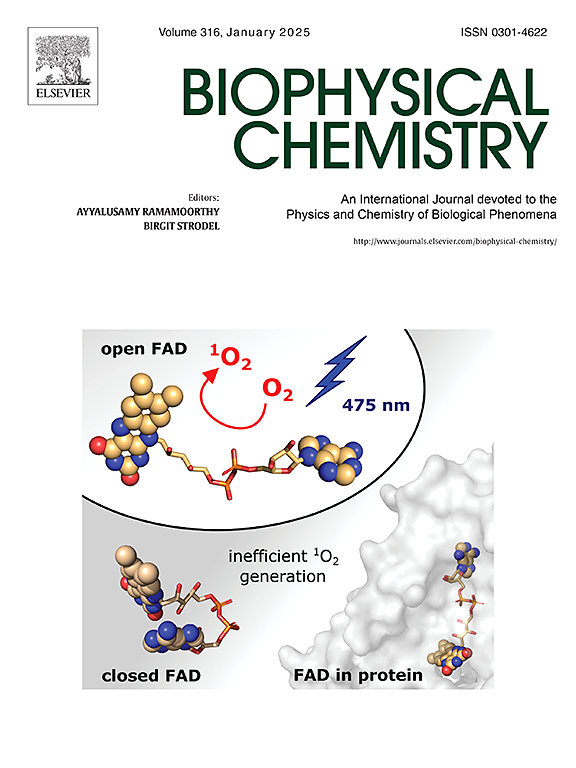Cationic liposomes as carriers of natural compounds from plant extract
IF 2.2
3区 生物学
Q2 BIOCHEMISTRY & MOLECULAR BIOLOGY
引用次数: 0
Abstract
Lipid-based nanocarriers provide versatile platforms for the encapsulation and delivery of many different bioactive compounds to improve the solubility, stability and therapeutic efficacy of bioactive phyto-compounds. In this study, liposomes were used to load leaf extract of Coffea Arabica, which is known to be rich beneficial substances such as alkaloids, flavonoids, etc. The aim of this work is to optimize the valorization of agricultural wastes containing natural antioxidants. The physico-chemical properties of the liposomes loaded with chlorogenic acid or Coffea arabica leaf extract were evaluated. The average size of empty and loaded liposomes was found to range of 120–150 nm, which is consistent with the fact that the addition of chlorogenic acid or Coffea arabica leaf extract can change the average size of the vesicles without affecting the physicochemical properties of the lipid bilayer, which remain stable systems. A structural and morphological characterization as well as an evaluation of biological properties such as viability in normal human dermal fibroblasts, is also been carried out. The cationic liposomes show a good average size and low polydispersity index values, indicating that the liposomes tend to be monodisperse and therefore stable. In particular, DOPC/DOTAP liposomes generally have better properties than DOPC/DDAB liposomes for use as encapsulation systems for natural plant extracts.

阳离子脂质体作为植物提取物天然化合物的载体。
脂基纳米载体为许多不同的生物活性化合物的包封和递送提供了通用的平台,以提高生物活性植物化合物的溶解度、稳定性和治疗效果。在本研究中,脂质体被用来装载已知的富含生物碱、类黄酮等有益物质的阿拉比卡咖啡叶提取物。本研究的目的是优化含天然抗氧化剂的农业废弃物的再生利用。研究了绿原酸脂质体和阿拉比卡咖啡叶提取物脂质体的理化性质。空脂质体和载脂质体的平均大小在120 ~ 150 nm之间,这与添加绿原酸或阿拉比卡咖啡叶提取物可以改变囊泡的平均大小而不影响脂质双分子层的物理化学性质,保持系统稳定的事实相一致。结构和形态表征以及生物学特性的评估,如正常人类真皮成纤维细胞的生存能力,也进行了。阳离子脂质体表现出良好的平均尺寸和较低的多分散指数,表明脂质体倾向于单分散,因此稳定。特别是,DOPC/DOTAP脂质体通常比DOPC/DDAB脂质体具有更好的性能,可作为天然植物提取物的包封体系。
本文章由计算机程序翻译,如有差异,请以英文原文为准。
求助全文
约1分钟内获得全文
求助全文
来源期刊

Biophysical chemistry
生物-生化与分子生物学
CiteScore
6.10
自引率
10.50%
发文量
121
审稿时长
20 days
期刊介绍:
Biophysical Chemistry publishes original work and reviews in the areas of chemistry and physics directly impacting biological phenomena. Quantitative analysis of the properties of biological macromolecules, biologically active molecules, macromolecular assemblies and cell components in terms of kinetics, thermodynamics, spatio-temporal organization, NMR and X-ray structural biology, as well as single-molecule detection represent a major focus of the journal. Theoretical and computational treatments of biomacromolecular systems, macromolecular interactions, regulatory control and systems biology are also of interest to the journal.
 求助内容:
求助内容: 应助结果提醒方式:
应助结果提醒方式:


